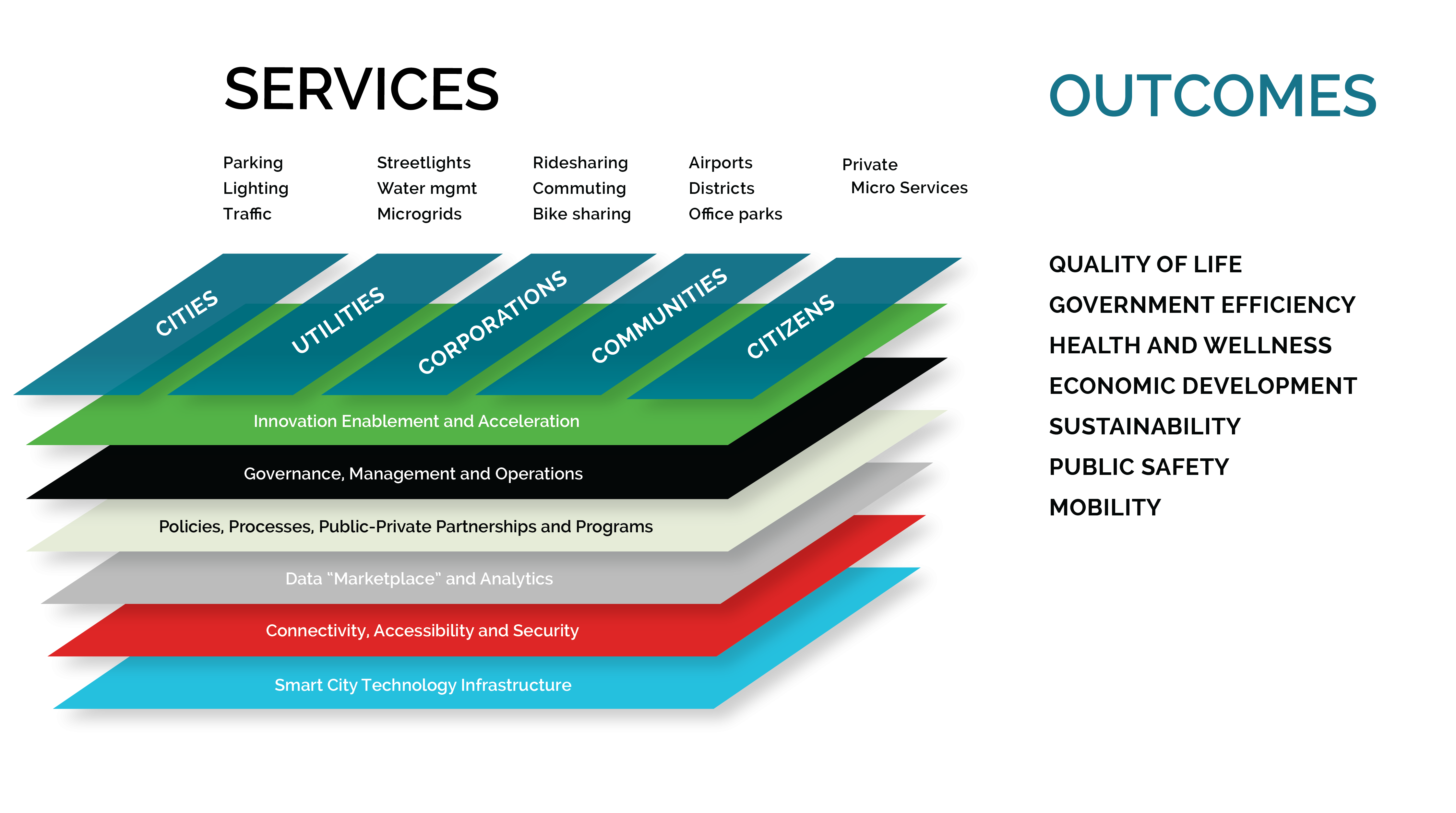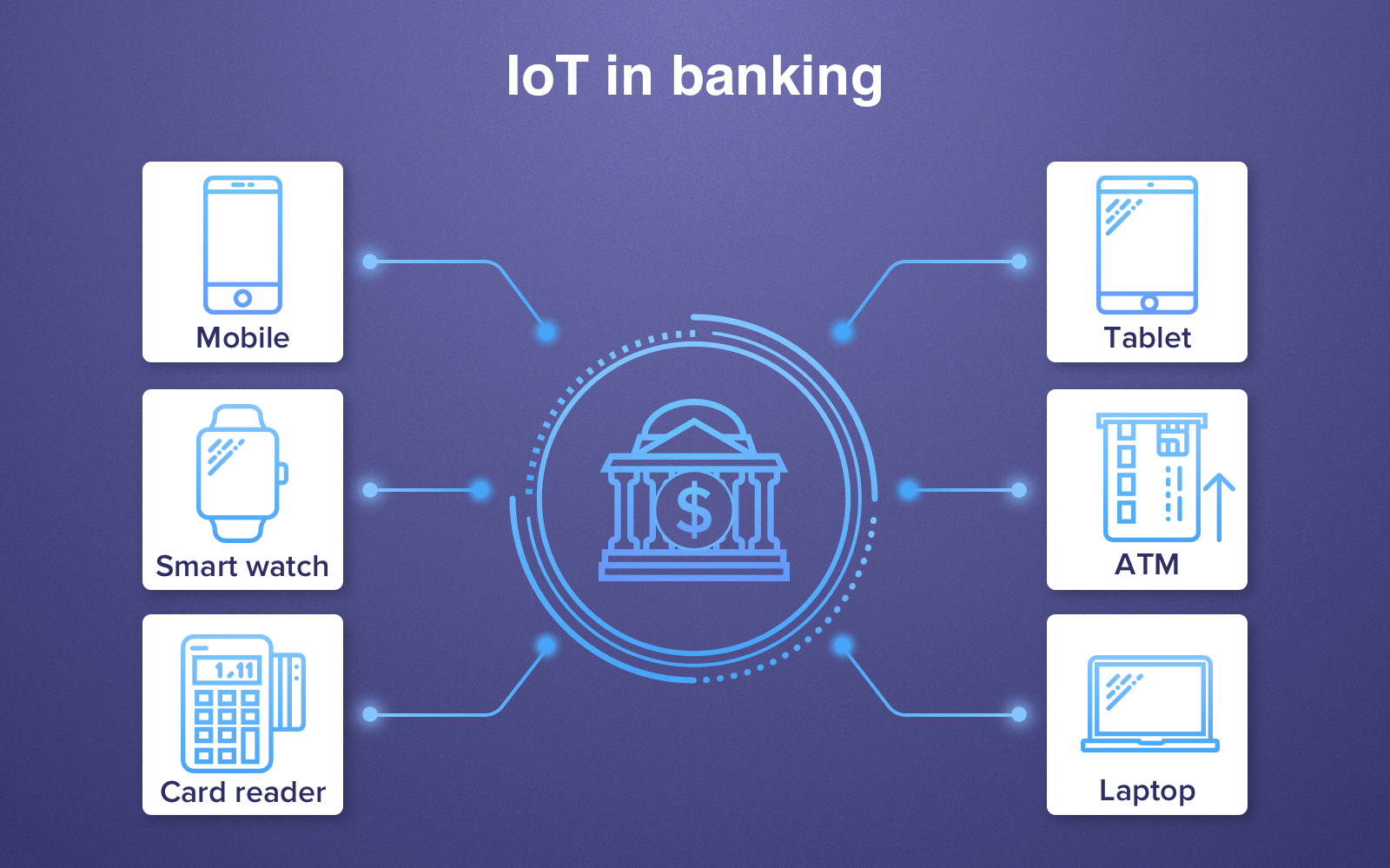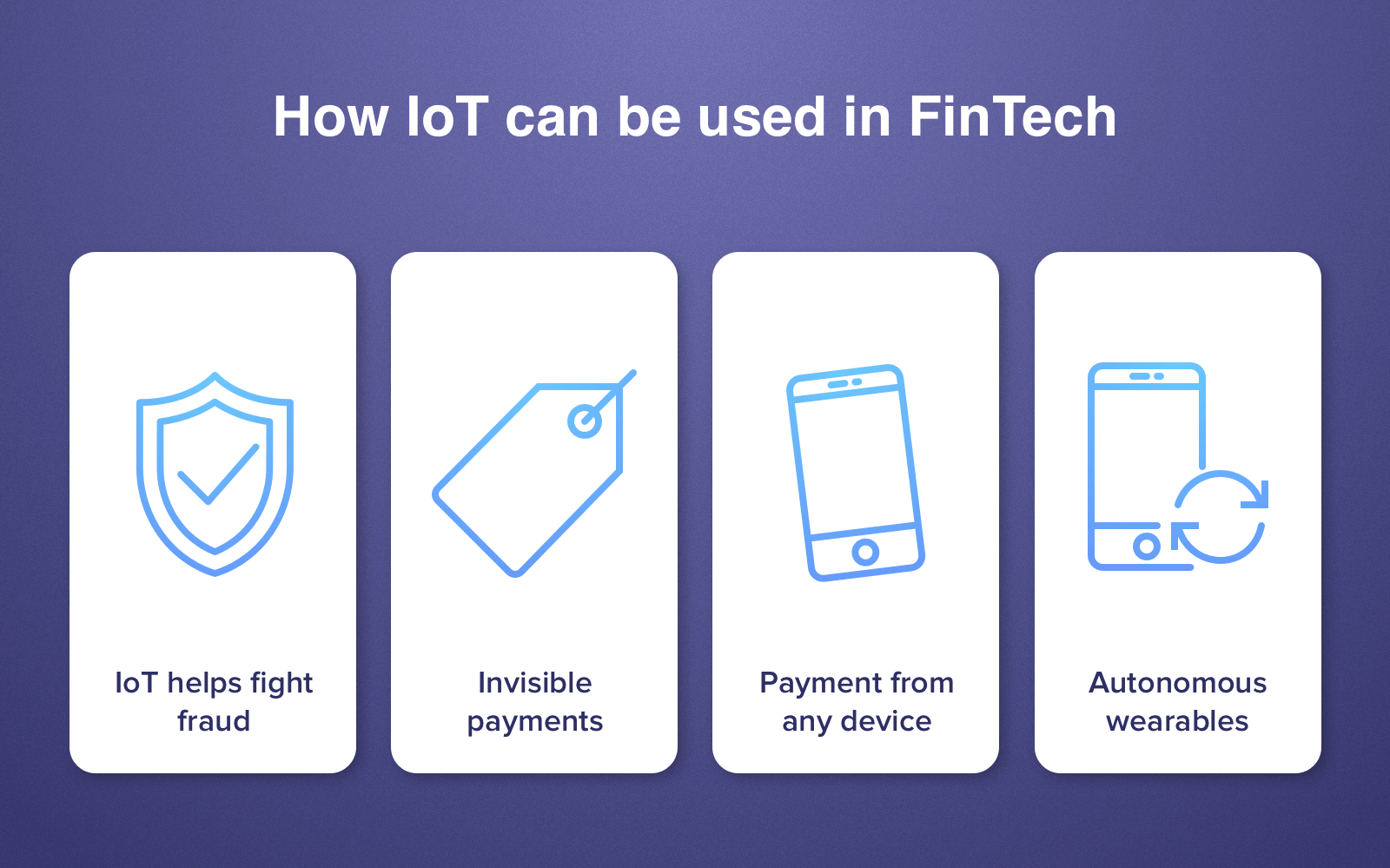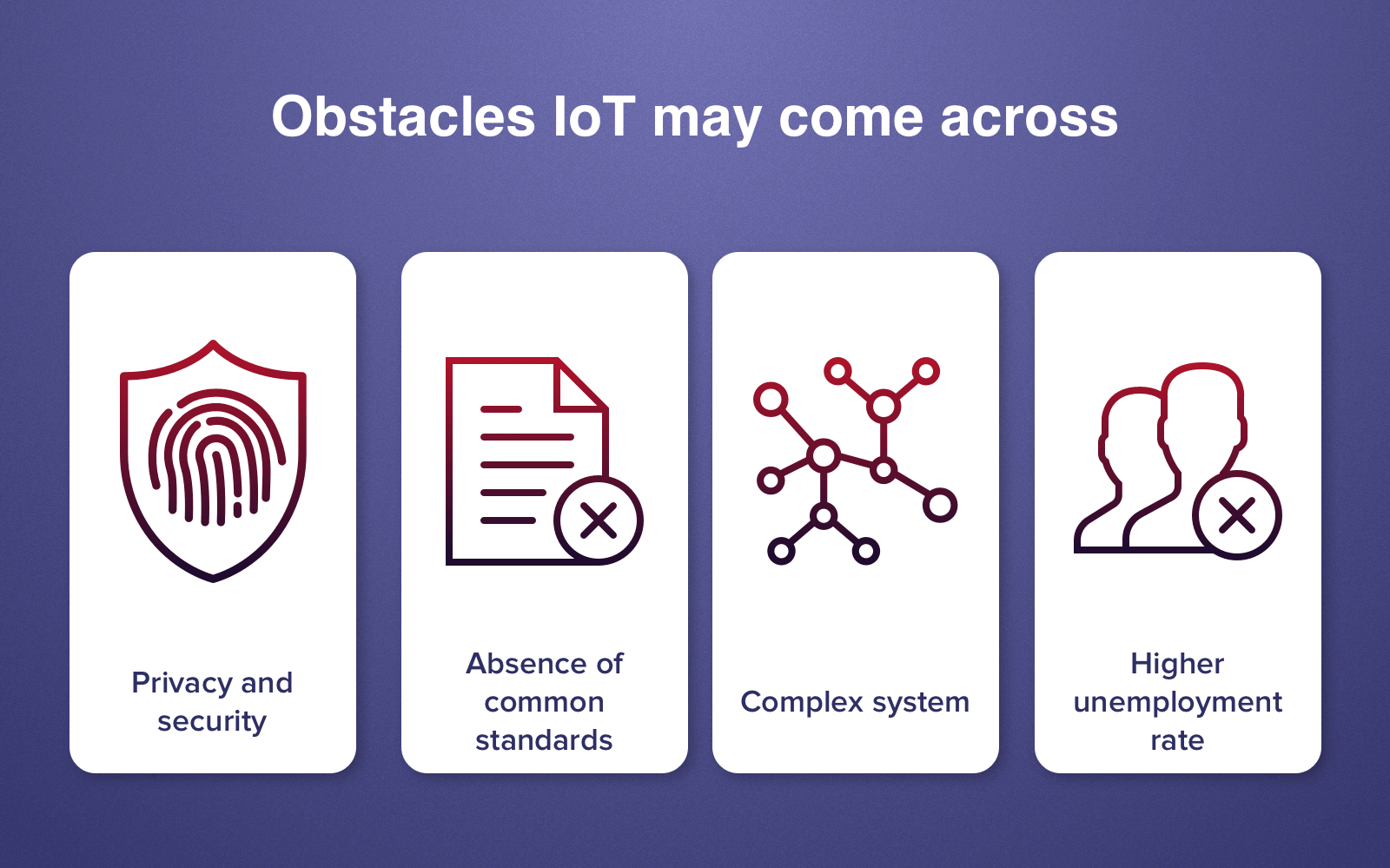When you have the responsibility of ensuring a manufacturing plant is operating at its full potential at all times, talk of “Industry 4.0” and “industrial automation like never before” might be exciting but far-fetched. Industry 4.0 is just an empty phrase used by marketers who want to take your money, right?
Maybe in some cases, but the ideas behind the buzzy terms can actually give you an edge over competitors. Industry 4.0 is not a phase, but it’s also not an obligation that you need to “opt in to” 100% right away. Industrial automation is a combined result of our greater digital capacities, smarter machines, and improved cross-channel communication that have accompanied the digital age.
In 2019, the technology is here: from decentralized cloud systemsto self-correcting and self-directing machines. However, it’s not everywhere yet, and most plants are simply taking baby steps towards preparing their lines to be as compatible as possible to these new technologies so that they can gradually work their way in. Industry is slowly moving towards a more optimized, efficient, automated structure, but this transition will be happening in the industrial world over the next few decades.
What do those “baby steps” look like? Where should begin to optimize lines in the most cost-effective, long-term ROI benefits? We have compiled a list of 5 relatively simple ways you can take this year to set your plant up for new “Industry 4.0” industrial automation technologies:
1. Integrate a Single Virtual Server
Managing the IT aspect of your plant is difficult when you need to find cost-effective storage and data processing solutions for your company that also comply with all of the regulations and contingencies of your industry. However, upgrading a server to a virtual option is probably the most important upgrade you can do to get started on the road to future industrial automation applications that use a truly decentralized communication with virtual operating system.
If your plant currently runs exclusively on physical servers, you don’t need to go virtually all at once. The wonderful thing about industry 4.0 is that much of the software integrations available will integrate with your existing hardware. You can invest in one virtual server, and then layer software integrations on to it over time.
By starting with a single server, you can cut costs, maintain a realistic learning/adaptation curve, and try out a virtual server option without committing 100% to a change. There are numerous virtual server options available, so talk to a process automation expert about what server will work best for your plant, and which server to upgrade first.
2. Get Basic Industrial Automation Security – Two-Factor Authentication
With increased adaptability and communication on virtual servers comes increased cyber threats, and unfortunately, there is no way around this. One of the easiest and fastest upgrades you can do for your company is to implement two-factor authentication (2FA) for all employees. A simple password is no longer anywhere near secure enough to protect your employees and your data.
Luckily, everything from Twitter to Cloud servers now offer 2FA options, it’s usually just a question of getting the settings implemented correctly and creating a protocol that requires every employee to use 2FA at all times. It may seem tedious or frustrating at first, but this is a small habit that can make a huge difference in your cyber security and overall functioning of your plant.
3. Make Your Next Machine Purchase a Smart Machine
You probably aren’t yet at the point of having a completely automated assembly line of smart machines that create highly customized orders while communicating with and correcting each other (like the assembly line in this German plant.) However, smart machines do exist, and if you are getting ready to purchase a new machine, finding one that has automation, optimization, and decentralized communication abilities will be a great investment in your plant’s future.
Customizable “smart machines” are virtually independent of a human operator. The ability of these machines to adapt to the demands of individualized production requirements allows for scalable, lean production processes. In other words, with these new machines, you can produce a larger variety of products faster than ever before.
If your current machines are working fine, there is no need to replace them with smart machines right away. But from this point forward, it is a good idea to consider buying a smart machine for your next upgrade. Don’t be afraid to use an automation integrator to advise you on the appropriate machine, technology, and compatibility with existing plant automation systems.
4. Implement Technology Upgrades that Overlay or Automatically Integrate Existing Plant Industrial Automation
Be choosy about the automation products you decide to implement into your current systems moving forward. You want applications that both set your systems up for future technology integrations and help move you away from expiring legacy applications.
This shouldn’t mean replacing all your old applications, programming, and platforms all at once other. Most Industry 4.0 automation tools are created in an “overlay” style, meaning they are created to be able to function on top of your existing processes and are not supposed to disrupt everything you have already built.
Embracing a new software or system should never mean that you have to throw away your existing processes and start from scratch. If this is how you feel when you are getting ready to purchase a new software, machine, or server then it probably isn’t the right product for your company.
Talking to an expert about what products will work best with your current setup is a good idea before making any changes to your industrial automation. At my company, EPIC systems, we've seen the difference that selecting the right product solutions has made for hundreds of process automation projects — it's a key step for any manufacturing plant. No matter who you work with, you don't want to bypass this step.
5. Optimize One of Your Plant’s Processes
Divide and conquer, as they say. Just as it is best to upgrade one server at a time, it is helpful to focus specifically on one plant process at a time when you are looking to optimize and automate your plant.
This could mean focusing on optimizing your shipping procedure or optimizing one assembly process. The important thing to remember is that as you do this “experimental optimization” you are not just looking for an impressive return on investment, you are also looking to get your entire team comfortable with the automation and ready to embrace even more. This is why the “how” is just as important (if not more important) than the “what” when it comes to choosing a process to optimize. Go slow, be transparent, and include everyone in the process so that it is a success all around.
Industry 4.0 is creating a world where employees can delegate mundane tasks to smart machines and rely on highly communicative, agile systems in order to work faster and more effectively than ever before. There is no reason for any manufacturing plant to be left behind in this industrial evolution, with numerous products and services available to help walk you through the industrial automation process gradually and intelligently.
 Are drones a nuisance, or a security menace?
Are drones a nuisance, or a security menace?













